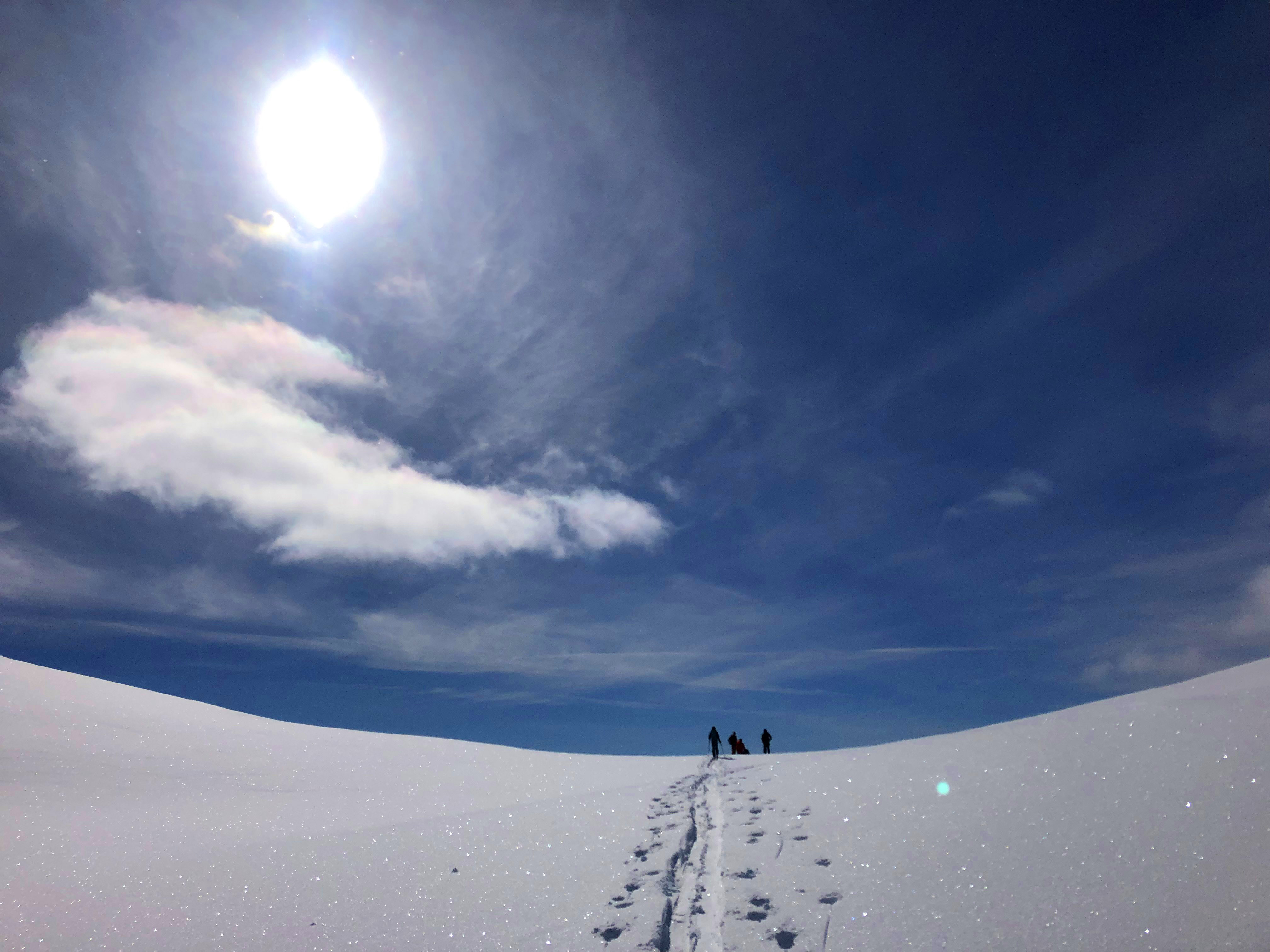Backcountry travel in avalanche terrain during extremely cold weather
Backcountry travel in avalanche terrain during extremely cold weather requires careful planning, proper equipment, and a heightened awareness of the risks associated with both cold temperatures and avalanches.
Here are some essential tips for traveling safely in such conditions:
Check Avalanche Conditions:
Before heading into avalanche terrain, always check the avalanche forecast for the area you plan to visit. Understand the current avalanche danger rating, recent weather, and snowpack conditions. Avoid areas with high avalanche risk.
Dress Warmly:
Extremely cold weather can be dangerous if you’re not properly dressed. Wear multiple layers of insulated clothing, including moisture-wicking base layers, insulating mid-layers, and a waterproof, insulated outer layer. Don’t forget a warm hat, gloves, and face protection.
Carry Essential Gear:
Avalanche Safety Gear: Carry essential avalanche safety equipment, including a beacon, shovel, and probe. Ensure that you and your companions are proficient in using these tools.
Emergency Gear: Pack extra clothing, a high-quality sleeping bag, a bivy sack or emergency shelter, a headlamp with extra batteries, and a first-aid kit.
Navigation: Carry a map, compass, and GPS device to help with navigation in low visibility conditions.
Communication: Bring a reliable two-way radio or satellite communication device in case of emergencies.
Stay Informed:
Continuously monitor the weather conditions and be prepared to adjust your plans if necessary. Extremely cold temperatures can increase the risk of frostbite and hypothermia, so it’s crucial to stay informed and flexible.
Travel Smart:
Choose Safer Terrain: Opt for lower-angle slopes and avoid steep, avalanche-prone terrain when avalanche danger is high.
Stay Together: Travel with a group, and stay within visual or radio contact at all times.
Observe Terrain: Pay close attention to the terrain you’re traveling through. Look for signs of avalanche activity, such as recent avalanches, unstable snow, or cracking and collapsing (whumphing) sounds.
Test the Snowpack: Conduct stability tests such as snowpit tests or stability tests as you ascend the mountain. This can help you assess the risk of avalanches in the area.
Follow Safe Travel Protocols: Utilize safe travel practices such as traveling one at a time through avalanche-prone terrain and using terrain features for added safety.
Minimize Exposure:
During extremely cold weather, it’s important to minimize exposure to the elements. Take regular breaks to warm up, consume hot drinks, and eat high-energy foods. Protect your skin and extremities from frostbite by keeping them covered and warm.
Emergency Plan:
Always have an emergency plan in place, including a pre-determined route, waypoints, and communication protocols. Make sure someone knows your itinerary and expected return time.
Turn Back if Necessary:
If conditions deteriorate, or if you encounter signs of unstable snow or avalanche risk, be prepared to turn back. Your safety should always be the top priority.
Training and Education:
An avalanche safety course is mandatory, learn about avalanche terrain, risk assessment, and rescue techniques. It’s essential to be well-prepared and knowledgeable when traveling in avalanche-prone areas.
Remember that safety should be the foremost concern when traveling in avalanche terrain, especially during extremely cold weather. Make informed decisions, stay alert, and be prepared for emergencies to ensure a safe and enjoyable winter adventure.












Comments